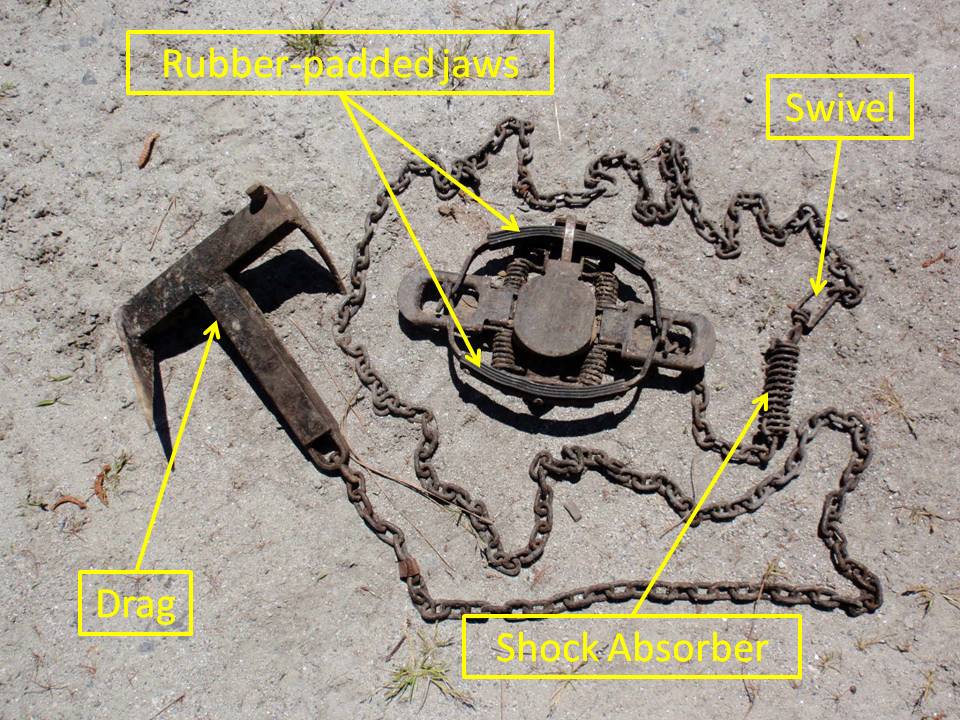
Normally, the author and publisher would be credited here. This content was accessible as of December 29, 2012, and it was downloaded then by Andy Schmitz in an effort to preserve the availability of this book.
#The anchoring trap example license
See the license for more details, but that basically means you can share this book as long as you credit the author (but see below), don't make money from it, and do make it available to everyone else under the same terms. What are your thoughts on the anchoring effect? Leave us a comment.This book is licensed under a Creative Commons by-nc-sa 3.0 license. When you give your sales team challenging goals, you could be motivating them to book illegitimate sales as well as legitimate ones. Scholars Maurice Schweitzer, Lisa Ordonez, and Bambi Douma demonstrate that when people fail to reach their goals, they are more likely to engage in unethical behavior such as deception in order to claim they reached their targets. Over the next four years, the contract saved the city an estimated $374 million.Ī final concern is that goal setting may boost motivation for undesirable behaviors such as cheating. The workers went on strike, but accepted the offer just 16 hours later. Rendell offered union workers a contract that, among other things, froze their wages for 33 months.

These statements enabled him to commit to his challenging goal. As reported in the New York Times, before negotiations even started, Rendell publicly repeated-almost daily-his pledge to balance the city’s budget and endure a strike if necessary. Rendell knew the employees’ unions could make concessions but that convincing them to do so would be difficult. When Ed Rendell became mayor of Philadelphia in 1992, city workers were among the most highly compensated municipal employees in the country, and the city had an annual budget deficit of $250 million. Aggressive commitment strategies are most effective when used with those likely to make large concessions under pressure and when developing a reputation for toughness is important. When you commit to your goal by limiting your future flexibility (such as publicly announcing your commitment to a low purchase price in advance), you may find yourself choosing between impasse and an unattractive alternative. After the negotiation, enhance your satisfaction (or your boss’s) by comparing your outcome with your reservation price. The lesson? To maximize your outcome, focus on your ambitious goal during the negotiation. Notably, when these high-achieving participants were asked to consider their reservation prices (walk-away points) and then evaluate their outcomes, their satisfaction corresponded to objective measures of performance.

#The anchoring trap example download
Download our FREE special report, Negotiation Skills: Negotiation Strategies and Negotiation Techniques to Help You Become a Better Negotiator, from the Program on Negotiation at Harvard Law School. Although researchers Adam Galinsky, Victoria Medvec, and Thomas Mussweiler found in one study that negotiators who focused on high goals achieved objectively better outcomes than did peers who did not focus on high goals, the high-achieving negotiators were less satisfied with their outcomes than were their peers.īuild powerful negotiation skills and become a better dealmaker and leader. Most obviously, failure to reach your goal can affect your satisfaction with the overall outcome. Yet there are several potential drawbacks to setting ambitious negotiation goals. Even an unrewarded goal, however, such as running five miles today, boosts performance. Perhaps not surprisingly, performance improves when negotiators are given rewards for reaching a goal, such as a $10,000 bonus for billing 2,000 hours.

In a review of goal-setting research, negotiation scholars Deborah Zetik and Alice Stuhlmacher of DePaul University found that when negotiators set specific, challenging goals, they consistently outperform those who set lower or vague goals. In negotiations, the anchoring effect occurs often, but goal setting can affect the end result. For example, the initial price offered for a used car sets the standard for the rest of the negotiations, so that prices lower than the initial price seem more reasonable even if they are still higher than what the car is really worth. Once an anchor is set, other judgments are made by adjusting away from that anchor, and there is a bias toward interpreting other information around the anchor. During decision making, anchoring occurs when individuals use an initial piece of information to make subsequent judgments. The anchoring effect is a cognitive bias that describes the common human tendency to rely too heavily on the first piece of information offered (the “anchor”) when making decisions.


 0 kommentar(er)
0 kommentar(er)
